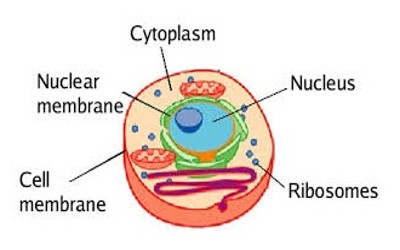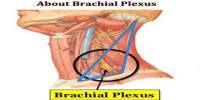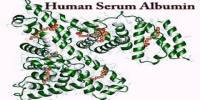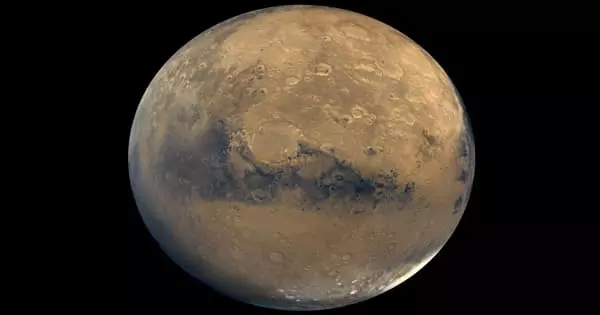The cytoplasm (also known as cytosol) is the protoplasm of a cell outside the cell nucleus. It is the liquid found inside of cells. It is the gel-like material plus the organelles outside the nucleus and inside the cell membrane. It is a thick solution that fills each cell and is enclosed by the cell membrane.
Many important functions of a cell take place in organelles, which are like bits of machinery for doing many jobs. The cytoplasm is highly structured: it is not some kind of soup, even though it is made out of 75% to 80% water. It is mainly composed of water, salts, and proteins.
The cytoplasm is present within the cell membrane of all cell types and contains all organelles and cell parts. The cytosol contains a complex mixture of cytoskeleton filaments, including the endoplasmic reticulum and the Golgi apparatus. It includes dissolved molecules and water that fills much of the cell. It generally contains proteins, amino acids, mRNA, ribosomes, sugars, ions, messenger molecules, and more. Due to this network of fibers, membranes and the many dissolved macromolecules such as proteins, the cytosol does not act as a simple liquid.

The cytoplasm can be divided into three components:
- The cytoskeleton with its associated motor proteins,
- Organelles and other large multi-protein complexes,
- Cytoplasmic inclusions and dissolved solutes.
Function:
Most of the important activities of the cell occur in the cytoplasm. In most cytology applications, normal cells have a homogenous cytoplasm with occasional granules or inclusions.
- It contains molecules such as enzymes that are responsible for breaking down waste and also aid in metabolic activity.
- It is responsible for giving a cell its shape. It helps with vital cellular processes such as cellular respiration, glycolysis, and cell division.
- It helps to fill out the cell and keeps organelles in their place.
















